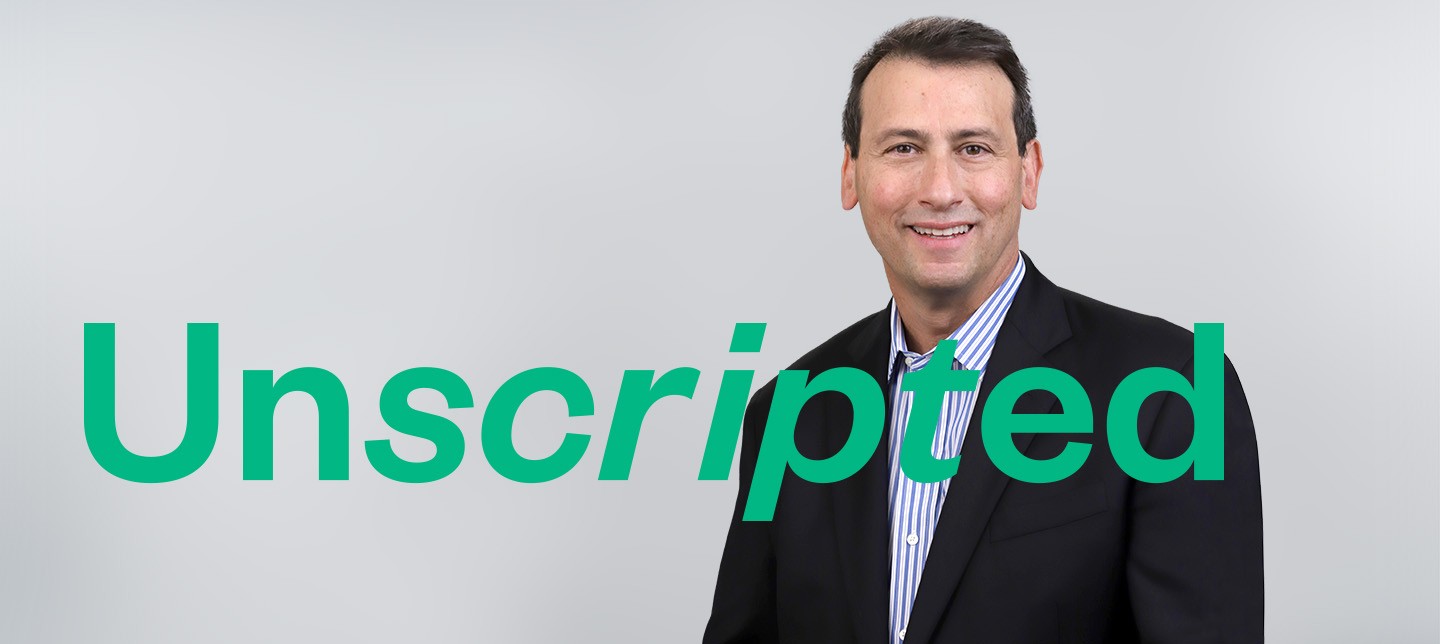
Cultivate Your Curiosity with NI at Home
Discover the power of testing with our new YouTube series, NI at Home, where we use NI products to find answers to everyday questions.

Dr. Theodore (Ted) S. Rappaport is a highly renowned, accomplished, and influential tech expert. Currently a professor of electrical engineering, computer science, and radiology, Ted is the founder and director of NYU WIRELESS: a multidisciplinary research center focused on developing the next generation of wireless technology.
If that isn’t impressive enough, Ted’s early work in indoor wireless channels led to his involvement in the creation of the first Wi-Fi standard. He was also recently elected to the National Academy of Engineering—one of the highest distinctions awarded to engineers. His groundbreaking work in mmWave propagation and wireless communication has changed the world.
Tune in as Ted explains the correct way to pronounce “gigahertz,” explores 6G capabilities, and discusses the future of wireless communication in a brief but unscripted interview.
Ultimately, I think we'll be controlling robots and operating at data rates close to the human brain in 15, 20 years.
–Ted Rappaport
Hi. I'm Ted Rappaport. I'm a professor at New York University. And I'm the founding director of NYU WIRELESS, a multidisciplinary research center at NYU.
Favorite ice cream—fresh strawberry, all natural ingredients, and fresh vanilla ice cream with some chocolate—chocolate chips.
Well, I did learn that I was elected to the National Academy of Engineering, which was really a remarkable and very humbling accomplishment. When I was a young professor, I remember wondering if that could even happen.
It's gigahertz, like Doc Brown, like Walter Weeks. He was my antenna professor for grad school at Purdue. Walter Weeks always called it gigahertz. And I asked him. He said, it's gigahertz. National Bureau of Standards says it's gigahertz. And sure enough, it is gigahertz. Of course, if you call it gigahertz, you're not going to get any deduction in points.
Oh, that's fascinating. 1985, the FCC opened up the ISM bands 900, 2.4, 5.2 or 5.8 gigahertz. And I wrote a paper about that for the ham radio community. And in 1987, I conducted the world's first measurements inside factory buildings at a frequency much higher than anyone was thinking about at the time. I was at 1.3 gigahertz.
But I built basically a channel sounder. My first channel sounder went around to these factories in '87. And 1987 is the first year that a group of engineers left IEEE 802.4, a wired Ethernet, and started the wireless Ethernet or wireless token bus study group, IEEE 802.4L.
And they heard about my PhD at Purdue, invited me to one of the first couple of IEEE 802.4L meetings, which were the beginning of 802.11 in '87, '88—used my measurements. I told them what I saw in the factories. They used that.
And then, NCR hired me as a consultant before they ever introduced the first WaveLAN product. So I kind of had a back, behind-the-scenes involvement with the very founders of Wi-Fi. And they used my PhD thesis, and then our group at Virginia Tech to build the knowledge for that into early industry.
I think I was the first person in the world outside of Qualcomm to analyze the CDMA capacity. And I knew it was going to be seven to 14 times anything that existed.
It was a fascinating story. I was hired as a consultant to Motorola the day Andy Viterbi and Irwin Jacobs disclosed the idea back in 1988. So I was very fortunate in my career to see very early, to know the things that most of the world took many, many years to know or understand. And I guess that's why I've never been afraid of—when there's something foundational technically, I have confidence that eventually the world will catch on, just like millimeter wave. Eventually the world will catch on.
Mid to late '90s, I saw millimeter wave would work for mobile. And at UT Austin, I proved it on the campus of UT. And then, when I came to New York in 2012, a group of undergraduates and a great post-doc from UT Austin—we made measurements around the city and proved that you could get 100-meter range on very low power. And the world came, saw, copied our system, verified it around the world. Now you have 5G.
In your cell phone, spectroscopy, see-in-the-dark camera, night goggles. See behind walls. Check for allergens in your food. Determine if there's smoke in the air or toxic water nearby or bad vapors.
In the network side, super-fast data rate, wireless cognition, human-level speeds, guardian angels that work in the crowd. My computer will meet with your computer to figure out our meeting, do our banking, wireless cognition. These huge data rates are going to provide massive capabilities, of course, all the other stuff—virtual, augmented reality, smell-o-vision.
Wireless is really entering its renaissance. It's going to pervade our life the way pens and paper pervade it today. Wireless will be in the fabric of everything—literally in the fabric. Our clothes will eventually have wireless with the Internet of Things decades to come.
Wireless—we're going to have power transfer. We're going to have information. We're going to track goods. You already see it. Wireless is starting to even replace memory. So instead of having hard drives, we'll have wireless in the cloud, wireless connectivity. You won't even have memory the way we think of memory.
And ultimately, I think we'll be controlling robots and operating at data rates close to the human brain in 15, 20 years. So wireless cognition and having robots be surrogates—either electronic robots or actual mechanical robots—doing our bidding will become commonplace in 20, 25 years.
It's a great field. I just don't see anything stopping it. It's riding the wave of Moore's Law. Moore's Law for computers is now coming to bandwidth and speeds in the wireless world. It's just kind of followed 10 to 20 years behind.